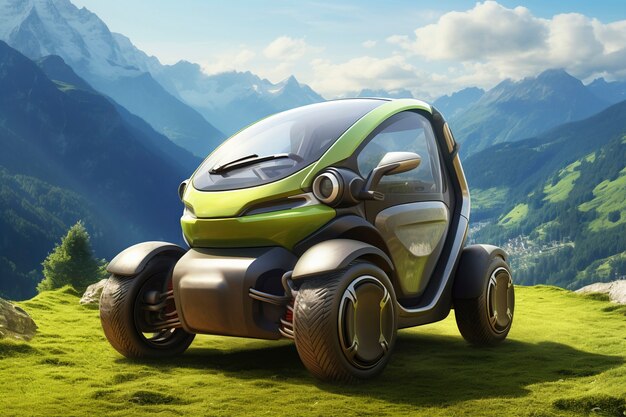
I think I might finally be ready to buy my first electric vehicle (EV). I’ve test-driven dozens of EVs over the years, but despite—or maybe because of—that experience, I still haven’t bought one. My family is growing, and my wife and I are now concerned about carting our future kids around in an older car that lacks the modern safety features.
With a baby on the way in January, we have a bit of a deadline. So, what are we considering? Despite it not being my favorite EV, we might just get a Model Y.
Had the baby been arriving a year later, our situation might be quite different for several reasons.
Firstly, there will likely be a lot more options available in a year. For example, the highly-anticipated Kia EV9 is set to launch soon. This vehicle matches the size I’m looking for, although the U.S. pricing details haven’t been revealed yet.
However, by the time the EV9 hits the U.S. market, it may differ from the 2025 model. In the next year or two, most EV manufacturers are expected to adopt Tesla’s NACS charging connector, which will eventually replace public chargers as well. If you buy a CCS-equipped car now, you might need an adapter for public charging later.
Admittedly, that’s not a major issue for me. I’ll mostly charge at home and can keep an adapter in the car for public charging. Plus, the transition to NACS will take some time, with a crossover period where both NACS and CCS are available. Still, I can’t deny that these minor inconveniences make me hesitant about a CCS-equipped vehicle.
Another point to consider is the charging network. Right now, Tesla’s Supercharger network is the best. These chargers are located across the country in key locations and are usually pretty fast. While they don’t reach the superfast 350kW speeds of Electrify America stations, those are far less common than the 250kW-capable Tesla Superchargers.
Tesla chargers are also easier to use—just plug in, and you’re set. The charger communicates with the car for payment, so if you have a payment method in the app, there’s no need to manually handle payments. While ease of use isn’t my top priority, its availability does matter.
Tesla has been building high-quality electric cars far longer than other companies. While this doesn’t necessarily make their EVs superior to those from legacy automakers with decades of experience, it does mean it’s easier to find a used Tesla.
Tesla’s used inventory site often features cars with fewer than 50,000 miles, priced lower than new models. For instance, a used Tesla Model Y Long Range might be a few years old but costs around $12,000 less than a new one. A new Model Y currently goes for $50,490, while a used one is $38,200. Such discounts are rare for other EVs, although this is expected to change in the coming years.
I want a medium-to-large electric car that’s easy to charge and reasonably priced. While my requirements might seem picky, I believe many new EV buyers share similar criteria.
Given that I can get a used Tesla within a few weeks and don’t feel rushed to order immediately for January, I’ll probably wait a bit longer to see if something better becomes available. I’m not set on buying a Tesla right now, but unless something significant changes in the next few months, a shiny new (used) Model Y will probably end up in my driveway. Hopefully, next time I’m in the market, buying another EV will be even easier.